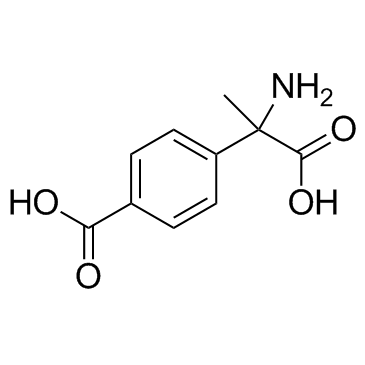| Structure | Name/CAS No. | Articles |
|---|---|---|
 |
H-D-Phe-Cys-Tyr-D-Trp-Orn-Thr-Pen-Thr-NH2 trifluoroacetate salt (Disulfide bond)
CAS:103429-31-8 |
|
 |
(R,S)-MCPG
CAS:146669-29-6 |